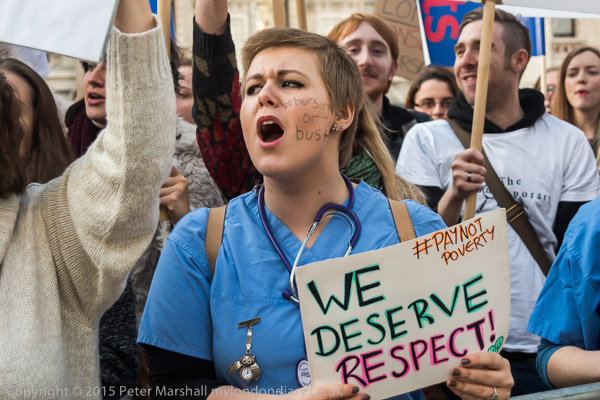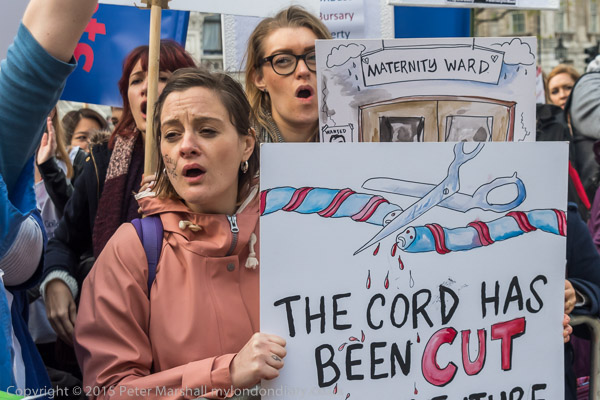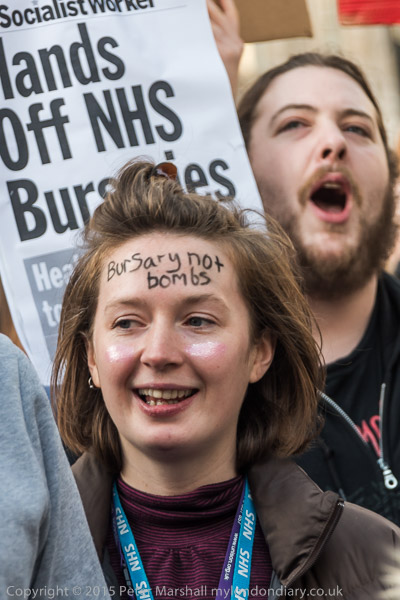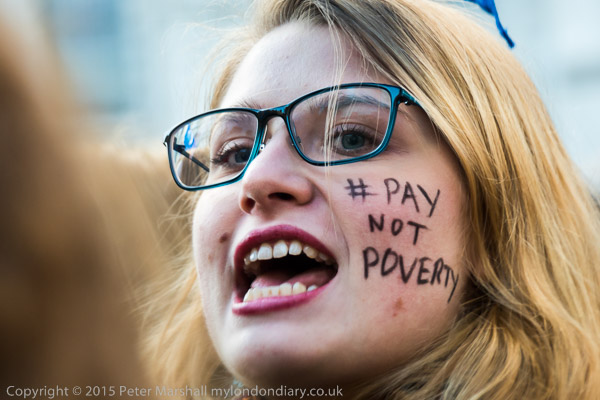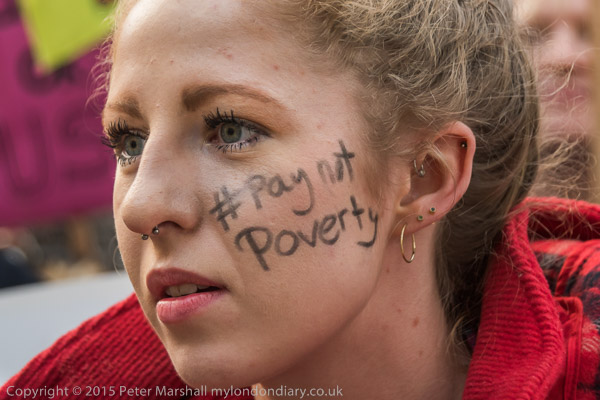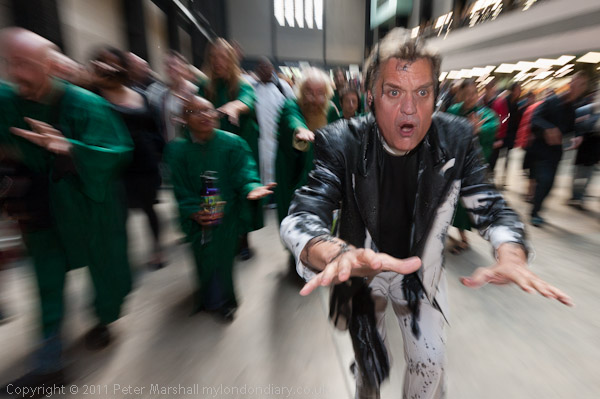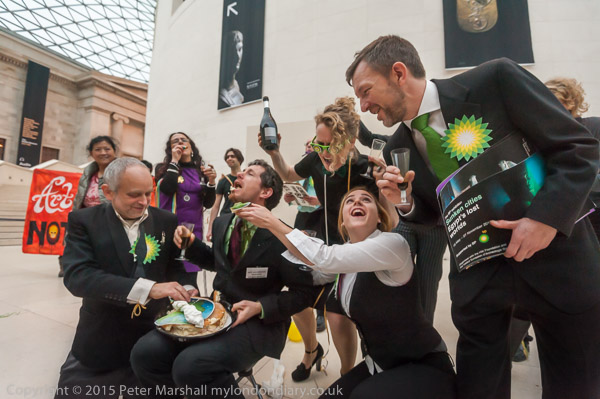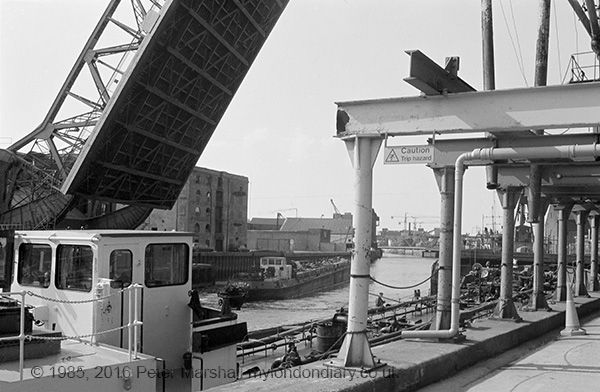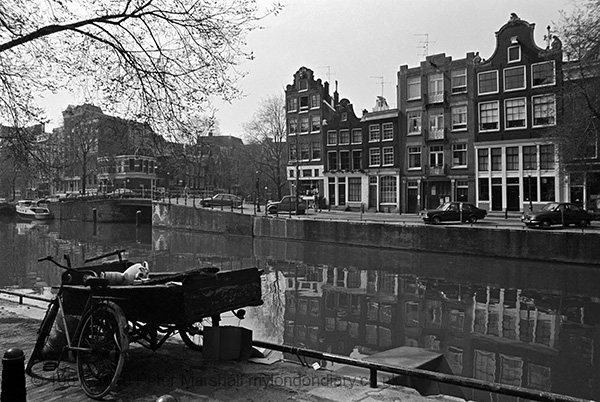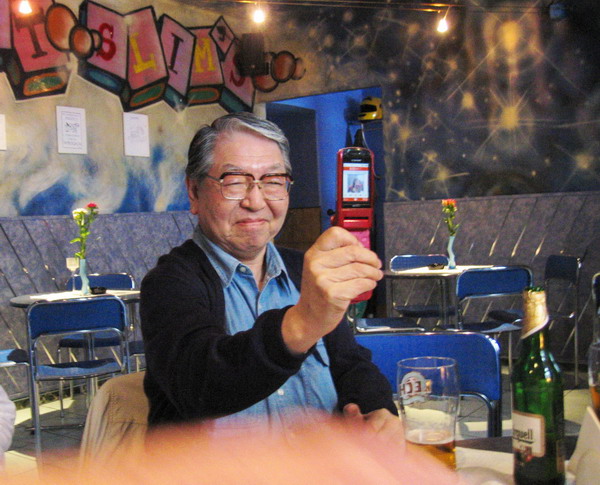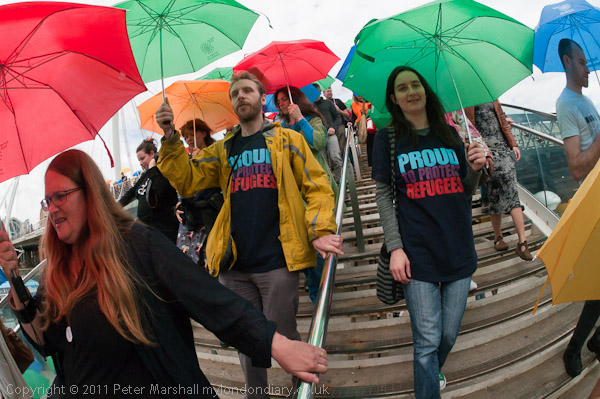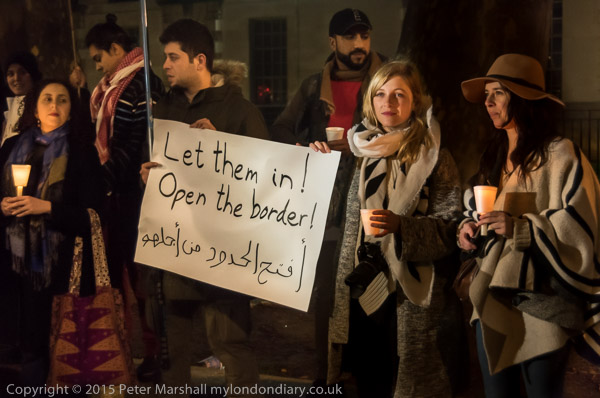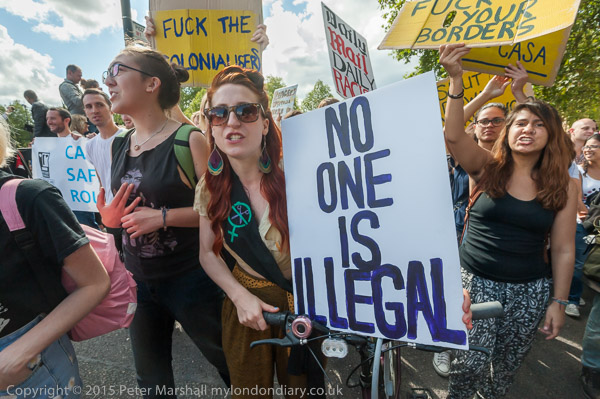A day or two ago on Petapixel I read a fascinating story ‘1200 Rolls of Unprocessed Film Found‘ which took me to Indiegogo to find out more.
There Levi Bettwieser, the founder and film technician for The Rescued Film Project, writes:
Around 1 year ago, we acquired 66 bundles of film. Each bundle contains anywhere from 8-36 rolls of film, totaling what we’re estimating to be about 1,200 rolls, all shot by the same photographer in the 1950s.
Bettweiser goes on to explain how the film was extremely carefully and systematically wrapped up, although not in any truly archival fashion. But back in the 1950s people were generally pretty clueless about exactly how to preserve photographic material of any kind – and even companies like Kodak were selling colour film that we would now regard as highly unstable, and making colour prints that faded almost as fast as Wedgewood’s unfixed images on leather (which as my late friend Terry King demonstrated by making an image in a similar way, would keep for quite a few years if only briefly taken out of its black bag for the occasional viewing.)
Fortunately the photographer concerned used black and white film, which even then had fairly good keeping qualities. Although it’s still best to process film shortly after exposure, a few years of post-exposure storage in a sealed and chemically neutral environment like a film can makes little difference. I’ve still got a few films from around ten years ago, some of the last few I took, that I’ve not got around to developing. I keep meaning to process them, but somehow never seem to have the time. I sent some of them that were taken on chromogenic films off for C41 processing last year and they were fine.
The photographer who took these pictures went to considerable trouble, replacing the exposed films in the box in which they were sold. Those shown in the picture on-line are Kodak 620 Panatomic-X films, a format that disappeared in the 1990s, with film and backing paper identical to that on 120 film but wound around a much slimmer spindle. This tells us virtually nothing, as many cameras were made to use the format, from Box Brownies to more sophisticated models such as the twin-lens reflex Argus C40 and folders such as the Kodak Vollenda 620 which had a 10.5cm Leitz Elmar f4.5 lens which were capable of entirely professional results.
Putting the film back in its printed card boxes was not a good idea, and neither was including “a hand written note detailing what was shot” inside the aluminium foil which then swathed the package. Wrapping this in “athletic tape” will have helped in sealing the package, but may also have introduced substances that might damage the film. It did allow labelling on the outside of the package, which appears also to have been done meticulously. 620 film, like 120 film, could be used in different format cameras, giving 8 exposures in a 6×9 (cm) camera (or its imperial equivalent) and 12 on 6×6. That the photographer appears to have recorded that one roll had 12 exposures perhaps suggests he had more than one camera with different formats.
Further archival sins were to then pack these wrapped films into wooden cigar boxes (presumably the photographer had connections in the cigar trade, or he would have died from nicotine poisoning before finishing this work) and then wrapping these in newspaper covered with yet more foil and tape. And then presumably put into storage.
It is certainly the work of an obsessive, though his or her motivations are unclear, and although we may suspect Bettwieser knows more, he isn’t telling. According to the Petapixel article, all he knows is that his “name was Paul and that he was a steel worker“. Certainly the work would appear to be an incredible time capsule, but we can’t really assess whether it is of any real interest, either in photographic or in social terms as so far only one of the estimated 1200 rolls appears to have been processed. The six pictures from that one roll appear to show us work that would be largely of interest to Paul’s grandchildren, though perhaps the 50 rolls that have now been sent off with reveal something of more value.
I’d certainly want to know more before making a donation to the appeal for $15,000 to get the rest of the films processed – though as I write, the project is well over half-funded with 2 months to go and seems likely to reach its goal. And unlike the Rescued Film Project I don’t believe that all photographs are worth preserving – it may well be that the best place for most of these 66 bundles of films is landfill. Others share some of my scepticism, as you can see from the comments about the project on Digital Photography Review.
On the RFP web site are the two statements:
Copyright of the collection of images on this website is Owned By The Rescued Film Project.
Duplication of Any Images Without Prior Consent is Prohibited.
Like me, you may be wondering about this, as copyright – except in some cases of work for hire, or where the photographer has assigned it – belongs to the photographer, even if they are unknown, and when the photographer is deceased it becomes a part of his estate.
I find on their web site that when you send unexposed film to the Rescued Film Project, you have to include a signed form which states that by “donating your film you are granting The Rescued Film Project full print/publish copyright of recovered images.” In return they promise to “email you a digital copy of all discernible images for your personal use.
It’s perhaps a fair exchange for getting your family snaps free, but it does make me think that if Paul or his heirs who donated the film really thought the images were of any real worth they would not have given them away. Or if they came from some third party, although they owned the material, they may well not own the copyright, though you would need to ask a lawyer to be sure. If it turns out they are worth something, we may see an interesting court case.
